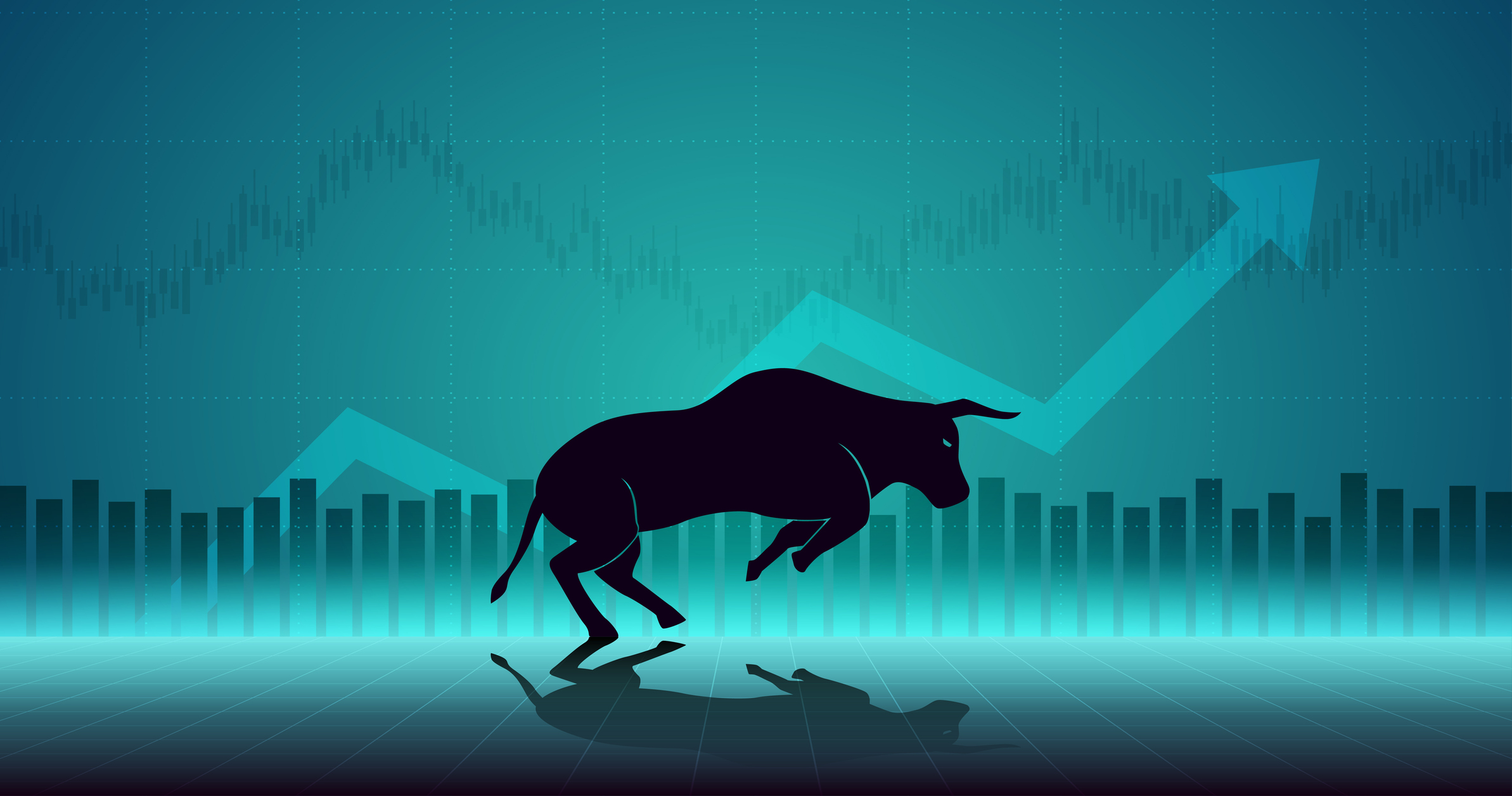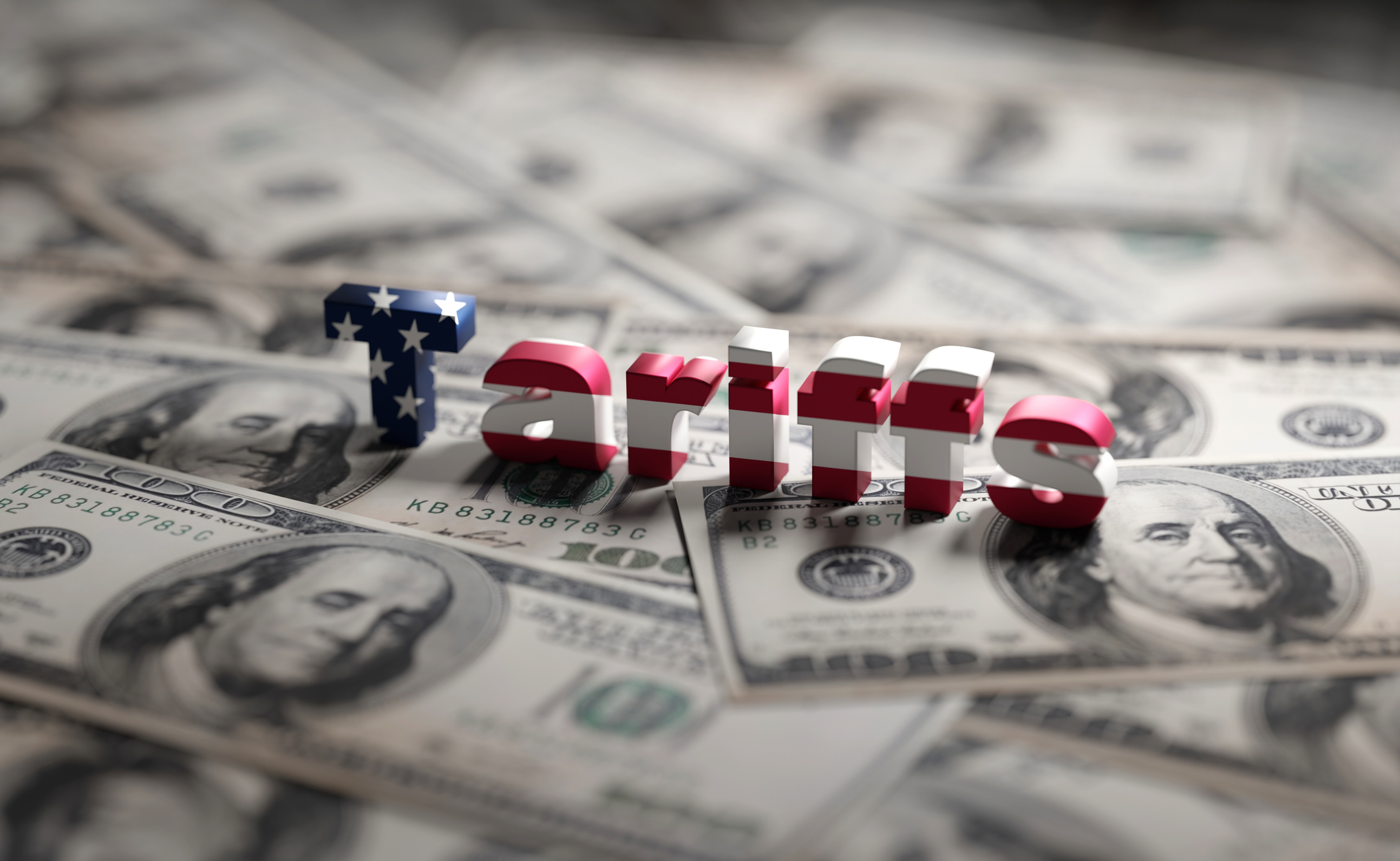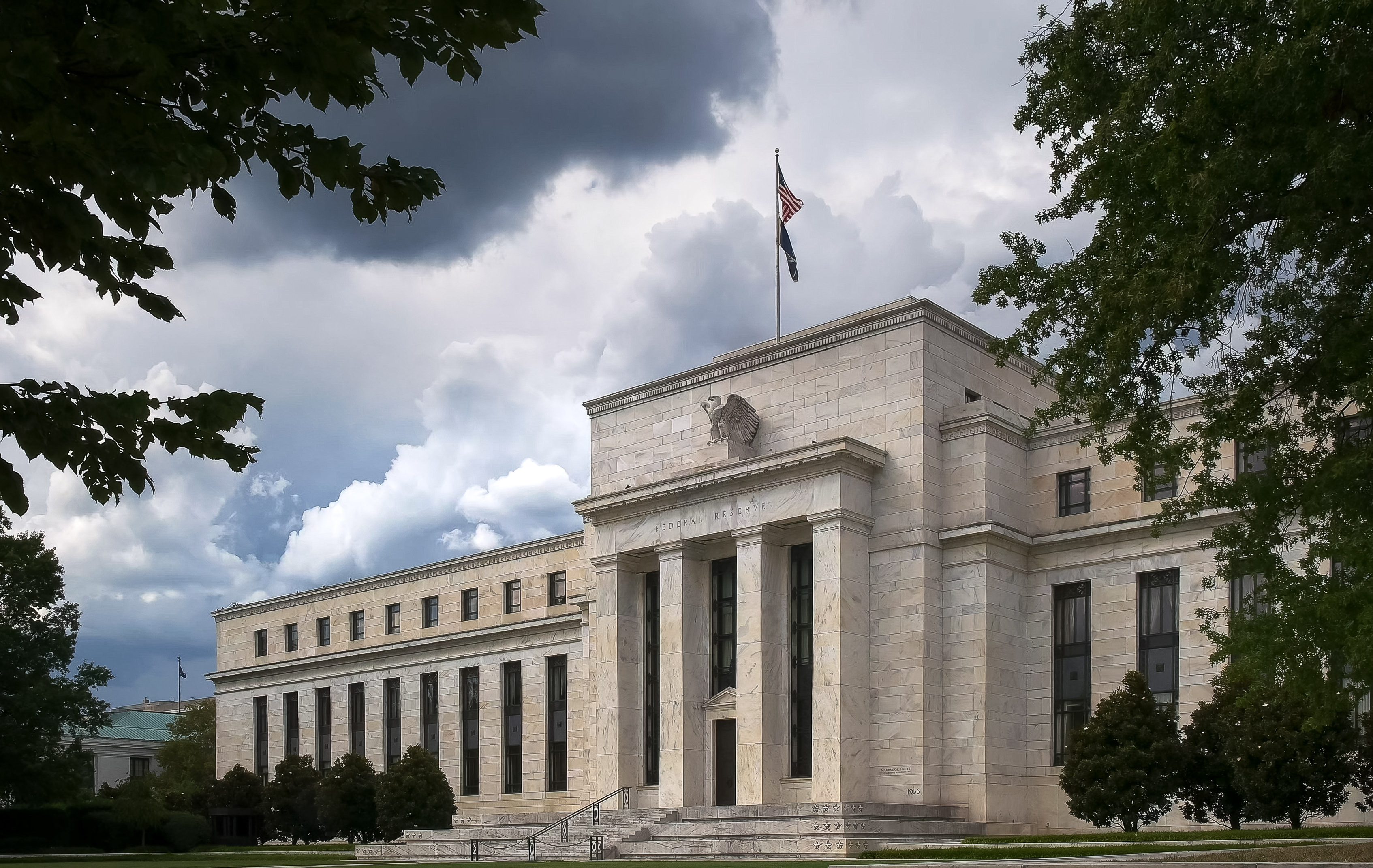Make Your Portfolio More Defensive
Risk is rising on Wall Street. Make sure you're prepared.


Football teams aren't the only ones that rely on defense to protect a lead. Investors can also boost their odds of success by listening to the voice in their head chanting Dee-fense!
Going all-in all the time isn't always the best investing game plan – especially after a big rally such as the current bull market, which has propelled the S&P 500 Index to a gain of more than 100%. "People need to remember that markets don't always go up," says Lisa Shalett, chief investment officer at Morgan Stanley Wealth Management.
That's especially true now. With warnings about headwinds for the economy ranging from the Federal Reserve dialing back stimulus to slowing corporate profit growth in 2022 to crises in China, there's no telling when the green light flashing on Wall Street will turn yellow or red.
From just $107.88 $24.99 for Kiplinger Personal Finance
Be a smarter, better informed investor.

Sign up for Kiplinger’s Free Newsletters
Profit and prosper with the best of expert advice on investing, taxes, retirement, personal finance and more - straight to your e-mail.
Profit and prosper with the best of expert advice - straight to your e-mail.
If your gut is telling you that a big stock market drop is coming, or you're guilty of letting your winners run too long, or big down days make it hard to sleep at night, it might be time to dial back risk in your portfolio.
Tweaking a portfolio to make it more defensive doesn't mean exiting the stock market completely or stashing all of your cash in a bank account that pays zero interest. We're talking about a tactical approach that lowers the risk and volatility in your portfolio, protects gains, and keeps your mix of assets in sync with your risk tolerance.
"Sell down to your sleeping point," is the way Barry Bannister, chief equity strategist at investment bank Stifel, puts it. Here are ways to bring a high-flying portfolio closer to earth.
Tilt Your Portfolio Toward More-Defensive Sectors
Buying highfliers makes sense when the market is in go-go mode. But more-defensive corners of the market tend to hold up better during downdrafts – think utilities, real estate investment trusts (REITs), companies that sell consumer staples such as toilet paper and toothpaste, and healthcare companies that make prescription drugs and medical devices.
As market turbulence rises, investors move toward stable, financially strong, dividend-paying businesses whose fortunes don't rise and fall with the economy. "People have to buy shampoo and ketchup regardless of what the unemployment rate is," says Shalett.
During bear markets since 1946, the healthcare sector had the smallest average loss (-12%), followed by consumer staples (-13%) and real estate (-18%), according to CFRA, a Wall Street research firm. More aggressive and economically sensitive sectors fell about 30%, on average. Of course, playing defense all the time will result in smaller returns over the long term.
But for those looking to de-risk, one way is to trim holdings in aggressive sectors, such as technology, and move the money into low-fee exchange-traded funds that track defensive sectors, Bannister says.
Consider the Utilities Select Sector SPDR Fund (XLU), which sports a dividend yield of 3% and includes top holding NextEra Energy (NEE), the electric utility and renewable-energy giant; the Health Care Select Sector SPDR Fund (XLV), which owns COVID-19 vaccine maker Johnson & Johnson (JNJ), insurer UnitedHealth Group (UNH) and medical device maker Medtronic (MDT); the Consumer Staples Select Sector SPDR Fund (XLP), whose top holdings include consumer products behemoth Procter & Gamble (PG) and snack and soft-drink seller PepsiCo (PEP); and the Real Estate Select Sector SPDR Fund (XLRE), with stakes in American Tower (AMT), a cell phone tower REIT, and Prologis (PLD), a logistics-focused real estate firm and one of the Kiplinger ESG 20, the list of our favorite ESG-focused investments.
Reduce Portfolio Risk By Trimming Big Winners
Congratulations if you own COVID-19 vaccine maker Moderna (MRNA) – the top-performing S&P 500 stock in 2021, up nearly 200% – generator manufacturer Generac (GNRC) – up 80% – or tech highfliers such as Google parent Alphabet (GOOGL), up 60%. But don't fall in love with these stars. Many investors make the mistake of hanging on to winners for too long.
There's a twofold risk to not taking at least some of your profits.
First, your overall asset mix can end up being too stock-heavy, thanks to the outsize impact of your big gainers. Second, you risk owning a stock that has become too richly valued and is more vulnerable to a sell-off.
Taking some profits off the table reduces your portfolio risk. The proceeds can be temporarily held in cash to give you buying power if stocks go on sale, or you can reinvest in more-stable stocks (such as dividend payers) or less-volatile bonds.
Lean Into Low-Volatility Stocks
You can also smooth your portfolio's ride by moving into stocks that display less volatility than the S&P 500 as a whole, says Todd Rosenbluth, head of ETF and mutual fund research at CFRA.
Although you won't grab all the market's upside in strong markets, holding a large mix of low-volatility stocks will limit your downside when the market weakens.
Rosenbluth likes the Invesco S&P 500 Low Volatility ETF (SPLV), which owns the 100 least-volatile stocks in the S&P 500 and weights the fund not by market value but by volatility. The lower the stock's volatility, the higher the weighting in the fund, which means it has big servings of securities in defensive sectors such as utilities, consumer staples and real estate but reduced helpings of stocks in tech and other higher-volatility sectors.
Home in on High-Quality Companies
High-quality stocks – those with strong balance sheets, stable earnings, low debt, lots of free cash flow (cash left over after paying operating expenses and spending to maintain or expand the business) and strong franchises known for ringing up sales and profits in good times and bad – are usually defensive stocks.
Such characteristics "provide a margin of safety and allow companies to survive the ups and downs of the business cycle," says Kristina Hooper, chief global market strategist at Invesco, a fund firm.
Consider the iShares MSCI USA Quality Factor (QUAL), an ETF that holds a collection of stocks with strong balance sheets and stable earnings. The fund's top five holdings include Facebook (FB), Nike (NKE), Microsoft (MSFT), Apple (AAPL) and Nvidia (NVDA).
Double Down on Dividend-Paying Stocks
Add dividend payers to your sleep-at-night list.
"Dividends serve as a cushion" and provide downside protection, says Rosenbluth. A good choice is the Vanguard High Dividend Yield Index ETF (VYM), which yields 2.7% – double the S&P 500's yield.
Dive Into Short-Duration Bonds
Fleeing to the safety of bonds isn't as foolproof these days, given that bonds are trading at record-high prices and record-low yields. And now, the Fed is talking about paring back its stimulus and raising rates as the economy recovers and inflation pressures build.
To avoid losing principal due to rising rates (which typically leads to falling bond prices), stick to bonds with shorter maturities.
Bonds maturing in one to five years are less sensitive to interest rate moves than bonds with longer maturities. "Your exposure to interest-rate risk is more modest," says Morgan Stanley's Shalett. One good option is the JPMorgan Ultra-Short Income ETF (JPST).
Profit and prosper with the best of Kiplinger's advice on investing, taxes, retirement, personal finance and much more. Delivered daily. Enter your email in the box and click Sign Me Up.

Adam Shell is a veteran financial journalist who covers retirement, personal finance, financial markets, and Wall Street. He has written for USA Today, Investor's Business Daily and other publications.
-
 The 'Go Live Your Life' Rule of Retirement Spending
The 'Go Live Your Life' Rule of Retirement SpendingThe 'guardrails approach' to retirement spending signals when you can spend more and when you need to rein it in, giving you greater flexibility in your post-work life.
-
 Targa Resources, Take-Two Interactive, Boston Scientific: Why Experts Rate These Stocks at Strong Buy
Targa Resources, Take-Two Interactive, Boston Scientific: Why Experts Rate These Stocks at Strong BuyWall Street is highly bullish on these three high-quality stocks.
-
 What the Rich Know About Investing That You Don't
What the Rich Know About Investing That You Don'tPeople like Warren Buffet become people like Warren Buffet by following basic rules and being disciplined. Here's how to accumulate real wealth.
-
 How to Invest for Rising Data Integrity Risk
How to Invest for Rising Data Integrity RiskAmid a broad assault on venerable institutions, President Trump has targeted agencies responsible for data critical to markets. How should investors respond?
-
 The Most Tax-Friendly States for Investing in 2025 (Hint: There Are Two)
The Most Tax-Friendly States for Investing in 2025 (Hint: There Are Two)State Taxes Living in one of these places could lower your 2025 investment taxes — especially if you invest in real estate.
-
 The Final Countdown for Retirees with Investment Income
The Final Countdown for Retirees with Investment IncomeRetirement Tax Don’t assume Social Security withholding is enough. Some retirement income may require a quarterly estimated tax payment by the September 15 deadline.
-
 What Tariffs Mean for Your Sector Exposure
What Tariffs Mean for Your Sector ExposureNew, higher and changing tariffs will ripple through the economy and into share prices for many quarters to come.
-
 How to Invest for Fall Rate Cuts by the Fed
How to Invest for Fall Rate Cuts by the FedThe probability the Fed cuts interest rates by 25 basis points in October is now greater than 90%.
-
 Are Buffett and Berkshire About to Bail on Kraft Heinz Stock?
Are Buffett and Berkshire About to Bail on Kraft Heinz Stock?Warren Buffett and Berkshire Hathaway own a lot of Kraft Heinz stock, so what happens when they decide to sell KHC?
-
 How the Stock Market Performed in the First 6 Months of Trump's Second Term
How the Stock Market Performed in the First 6 Months of Trump's Second TermSix months after President Donald Trump's inauguration, take a look at how the stock market has performed.